Using Primers Before You Paint

by
Metzger's Painting Professionals
(IC: professional)
If you fancy giving a room a makeover, painting the walls is one of the quickest and most effective ways of injecting a new and refreshing aesthetic. However, if you don't have the required know-how, the straightforward task of painting your walls could become a mistake-ridden nightmare and, as we all know, accidents cost money, time and effort to rectify. Therefore, it is wise to know when it is worth using a primer before you paint your walls, and when this is not necessary.
In rooms such as the kitchen and bathroom where a high level of grease or oil residue will undoubtedly have saturated into the walls over time, it is important that you clean the area first. Simply wash the walls with a mixture of ammonia with warm water, which will allow your new paint to bond to the walls much better. Some people like to use Trisodium Phosphate (TSP) to strip off any gloss that is present on the walls due to the previous homeowners, although this is not necessary unless the area has been covered with high-gloss or semi-gloss. You can also purchase commercially available Wall and Ceiling Cleaner products to get the job done.
In rooms such as the kitchen and bathroom where a high level of grease or oil residue will undoubtedly have saturated into the walls over time, it is important that you clean the area first. Simply wash the walls with a mixture of ammonia with warm water, which will allow your new paint to bond to the walls much better. Some people like to use Trisodium Phosphate (TSP) to strip off any gloss that is present on the walls due to the previous homeowners, although this is not necessary unless the area has been covered with high-gloss or semi-gloss. You can also purchase commercially available Wall and Ceiling Cleaner products to get the job done.
Painting Walls a Light Color
If the old paint covering your walls is much darker and aggressive than the new color you want, it is worth using a tinted primer and then adding your paint afterward. By doing this, you will not be forced to use several coats of paint to "drown out" the darker color found beneath. Bear in mind that going from a light or pale color to a stronger, darker shade means that you will need the walls to be primed first, such as a new cream color being painted over a dark red or deep blue wall.
If In Doubt, Take The Quick Tape Test!
When it comes to painting the exterior of a house instead of the rooms inside, you do not need to use a primer if the paint is still in good condition. However, due to drastic changes in temperature and weather throughout the year, that's typically a rarity. It's generally a shrewd idea to spot-prime any bare wood with a high-quality acrylic/latex exterior primer if the paint has already cracked and peeled away. Before doing so, meticulously scrub the area and then rinse away any detritus with a power washer. Pigment-rich woods such as redwood and cedar contain tannins that have the power to eventually bleed through lighter colors as well as standard primers, so you will have to use a specialized oil-based stain-blocking exterior primer instead.
Enjoyed the project?
Published May 28th, 2014 10:05 AM
Comments
Join the conversation
2 of 5 comments




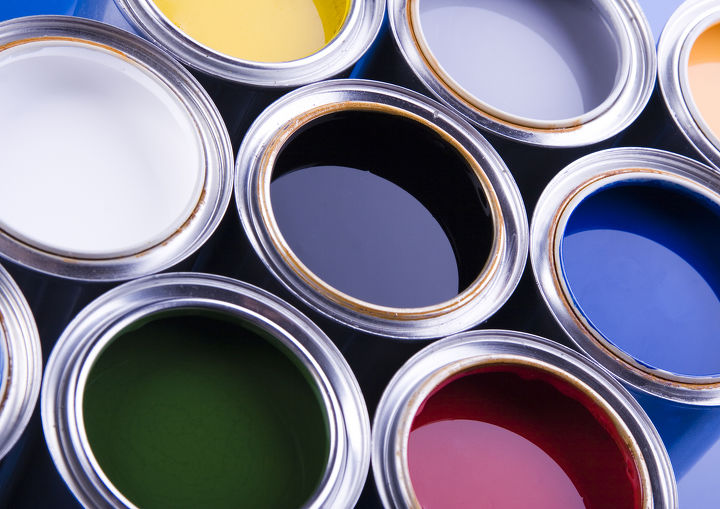
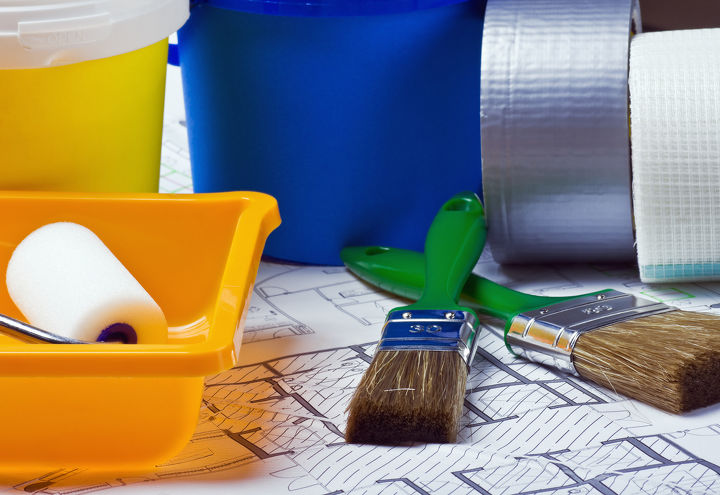

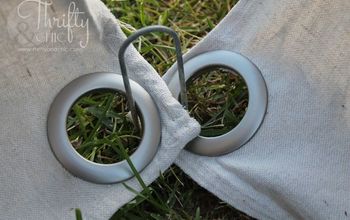
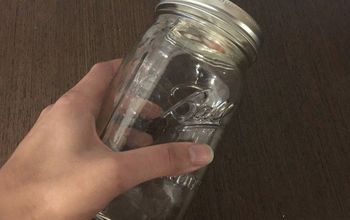



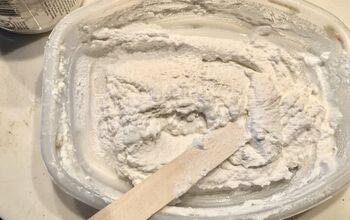
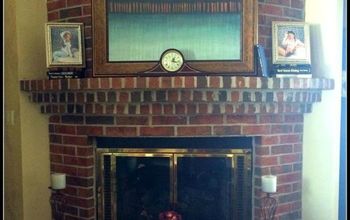


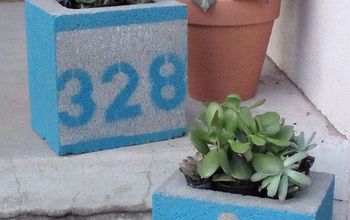






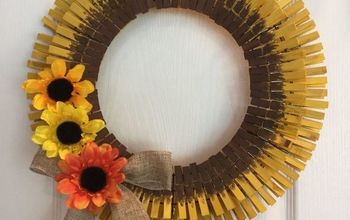





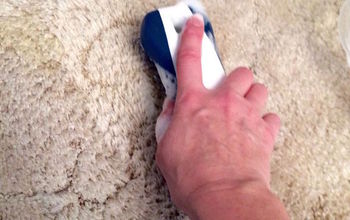
Frequently asked questions
Have a question about this project?